Introduction
Little is known about whether neighborhood social and built environments influence Alzheimer's disease (AD) dementia risk in South Asian individuals.
Methods
We used data on 745 South Asian individuals living in the United States (US) who were ≥40 years old. Neighborhood characteristics included percentage of Asian residents, Walk Score (walkability), and neighborhood social cohesion. We calculated an AD dementia risk score from age, gender, education, diabetes, hypertension, current smoking, low high-density lipoprotein, and high waist-to-hip ratio. Multivariable linear regression examined associations between neighborhood characteristics and AD dementia risk scores; interaction terms tested for differences by gender.
Results
Greater neighborhood social cohesion was associated with lower AD dementia risk scores in the overall sample. Stratifying by gender, the beneficial association was only observed for women and not men (interaction p-value: 0.01).
Conclusion
Policies and interventions promoting neighborhood social cohesion may help reduce AD dementia risk among South Asian middle and older-age women in the United States.

